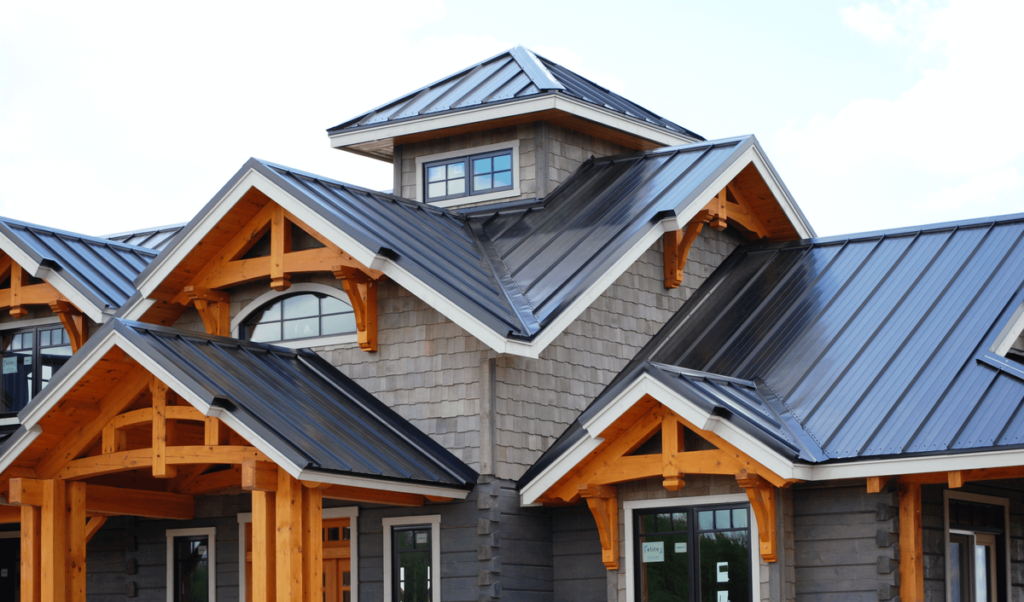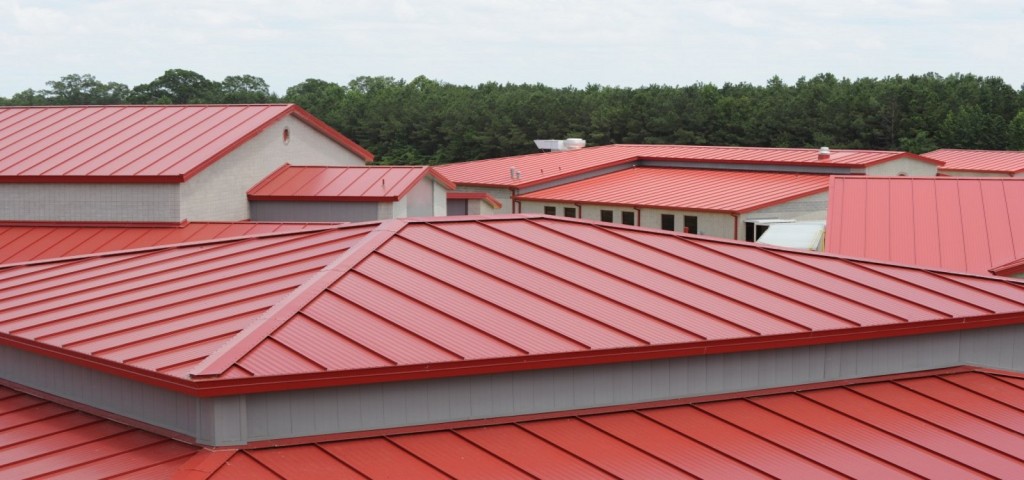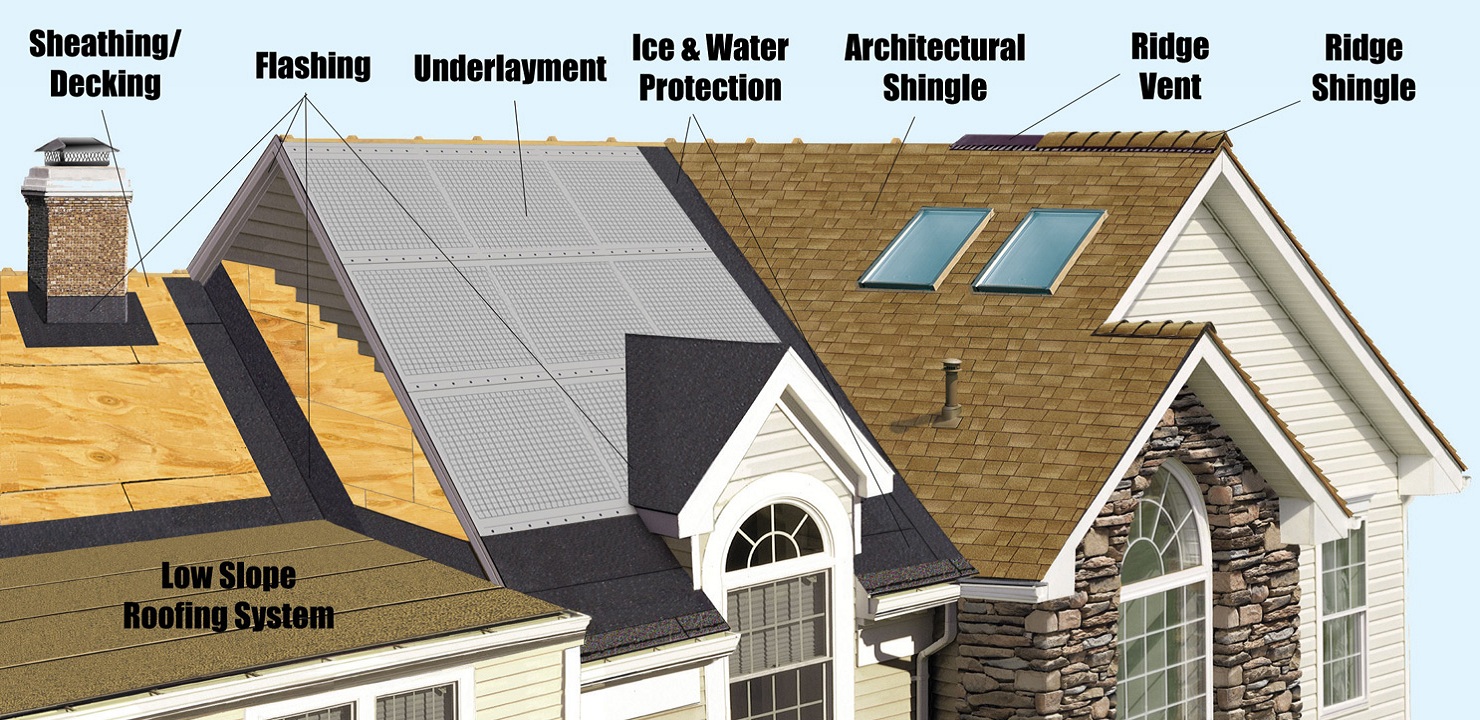What Are Common Natural Roofing Materials? A User-Centric Guide
When choosing roofing materials, homeowners often look for durability, aesthetics, and environmental sustainability. Natural roofing materials offer an eco-friendly alternative to synthetic options while providing timeless beauty and long-lasting performance. In this guide, we’ll explore common natural roofing materials, their benefits, and factors to consider when choosing the best option for your home.
Table of Contents
Why Choose Natural Roofing Materials?
Before diving into specific materials, it’s essential to understand why many homeowners prefer natural roofing options:

- Eco-Friendly – Made from renewable or recyclable materials, reducing environmental impact.
- Aesthetic Appeal – Offers a classic, rustic, or high-end look that enhances curb appeal.
- Durability – Many natural materials last for decades or even centuries with proper care.
- Energy Efficiency – Some materials provide excellent insulation, reducing heating and cooling costs.
Now, let’s explore the most common natural roofing materials.
1. Wood Shingles and Shakes
Overview
Wood roofing is one of the oldest roofing options, valued for its rustic charm and natural insulating properties. Wood shingles and shakes are commonly crafted from cedar, redwood, or pine.
Shingles vs. Shakes: What’s the Difference?
- Wood Shingles – Machine-cut for a uniform look, with a smooth, even surface.
- Wood Shakes – Hand-split or sawn for a more textured, natural appearance.
Benefits of Wood Roofing
✅ Natural insulation properties improve energy efficiency.
✅ Biodegradable and eco-friendly.
✅ Aesthetically appealing, blending well with natural landscapes.
Considerations
❌ Requires regular maintenance to prevent mold, rot, and insect damage.
❌ Less fire-resistant unless treated with fire retardants.
❌ Lifespan of around 30-50 years, depending on maintenance.
2. Slate Roofing
Overview
Slate is a natural stone material known for its longevity and luxurious appearance. It has been used for centuries on historic buildings and high-end homes.
Benefits of Slate Roofing
✅ Exceptionally durable, lasting over 100 years.
✅ Fire-resistant and impervious to pests.
✅ High-end aesthetic that increases property value.
Considerations
❌ Expensive upfront costs and installation.
❌ Requires a strong roof structure due to its heavy weight.
❌ Repairs can be complex and costly if a slate tile breaks.
3. Clay and Terracotta Tiles
Overview
Clay roofing tiles, including terracotta, have been used for thousands of years in Mediterranean, Spanish, and Southwestern-style homes. They are made from natural clay, molded into shapes, and fired at high temperatures.
Benefits of Clay and Terracotta Roofing
✅ Naturally fire-resistant and highly durable.
✅ Energy-efficient by reflecting heat, keeping homes cooler.
✅ Resistant to rot, insects, and harsh weather conditions.
Considerations
❌ Heavy, requiring reinforced roof support.
❌ Fragile, prone to breaking under impact.
❌ Expensive installation and repairs.
4. Thatch Roofing
Overview
Thatch roofing is one of the most traditional roofing materials, made from dried plant stalks like straw, reeds, or palm leaves. While commonly associated with tropical and rural settings, modern thatch roofing is treated for improved durability.
Benefits of Thatch Roofing
✅ Excellent insulation properties, keeping homes warm in winter and cool in summer.
✅ Unique, natural aesthetic that blends with the environment.
✅ Renewable and biodegradable material.
Considerations
❌ High maintenance to prevent rot and pest infestations.
❌ Less fire-resistant without proper treatment.
❌ Shorter lifespan compared to other natural materials.
5. Green (Living) Roofs
Overview
A green roof is a modern, eco-friendly roofing option that incorporates living vegetation over a waterproof membrane. It provides a natural insulation layer while enhancing biodiversity.
Benefits of Green Roofs
✅ Reduces heat absorption, lowering energy costs.
✅ Improves air quality by filtering pollutants.
✅ Absorbs rainwater, reducing stormwater runoff.
Considerations
❌ Requires proper installation and waterproofing.
❌ Higher initial cost and maintenance effort.
❌ Not suitable for all climates and roof structures.
Factors to Consider When Choosing a Natural Roof

1. Climate Suitability
Choose a material that withstands your region’s climate conditions. For example, slate and clay are excellent for hot and wet climates, while wood and thatch may struggle with humidity and fire risks.
2. Maintenance Requirements
Some natural materials, like wood and thatch, require regular upkeep to prevent rot and pests. Others, like slate and clay, are low-maintenance but costly to repair if damaged.
3. Budget and Installation Costs
Natural materials often have a higher initial cost but offer long-term savings due to their durability. Be sure to factor in both material and labor costs.
4. Roof Load Capacity
Heavy materials like slate and clay require a reinforced roof structure, while lighter options like wood and thatch may be suitable for most standard homes.
5. Sustainability and Eco-Impact
If environmental impact is a concern, opt for sustainable and recyclable materials. Green roofs, wood, and clay tiles are among the most eco-friendly choices.
Final Thoughts
Natural roofing materials provide an aesthetically pleasing and environmentally friendly roofing solution. Whether you prefer the durability of slate, the rustic charm of wood, or the energy efficiency of clay tiles, there’s an option that fits your needs. Before making a decision, consider factors such as climate, maintenance, and budget to ensure you choose the best roofing material for your home. Get advice of professional roofers in your area for quality and cost effective materials.
By selecting the right natural roofing material, you’ll not only enhance your home’s beauty but also invest in a long-lasting and sustainable roofing solution.
Explore More : How to Hire the Right General Contractor Miami for Your Home

William Day
Welcome to my blog! I am a passionate content writer with over 10 years of experience in crafting insightful and engaging articles for various industries. Currently, I am partnering with EZ General Contractor LLC to provide you with expert advice and valuable insights into general contracting and home improvement services. Through this blog, I will share practical tips and helpful information on topics such as remodeling, renovation, construction, and home maintenance to ensure your projects are successful and stress-free.

